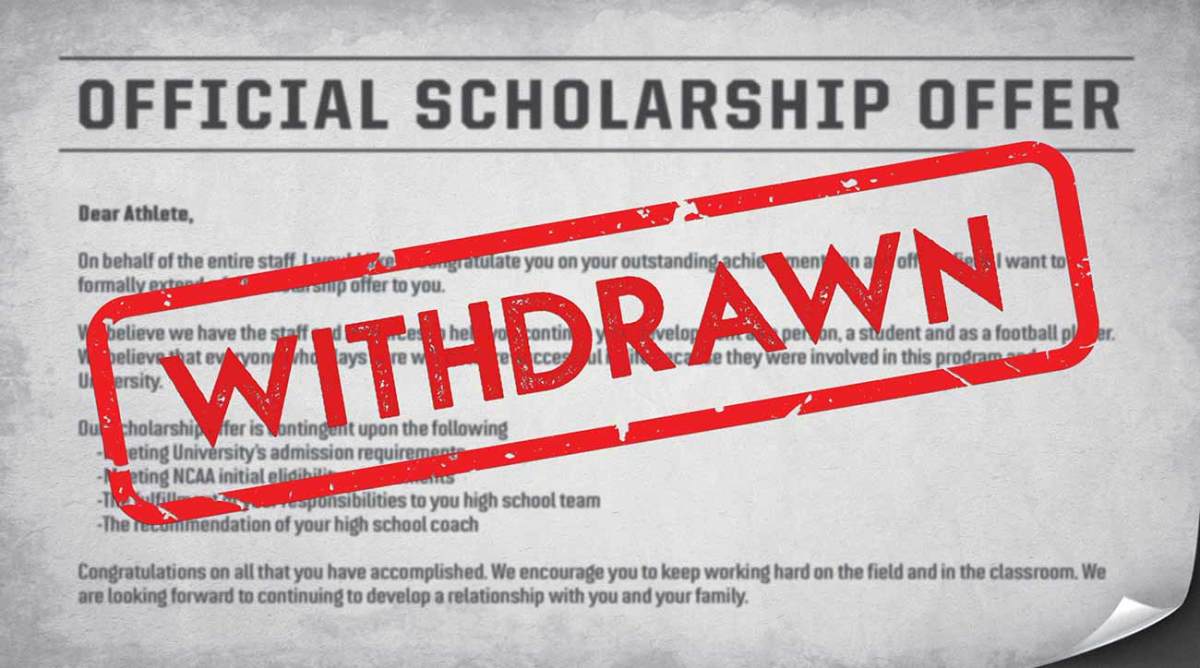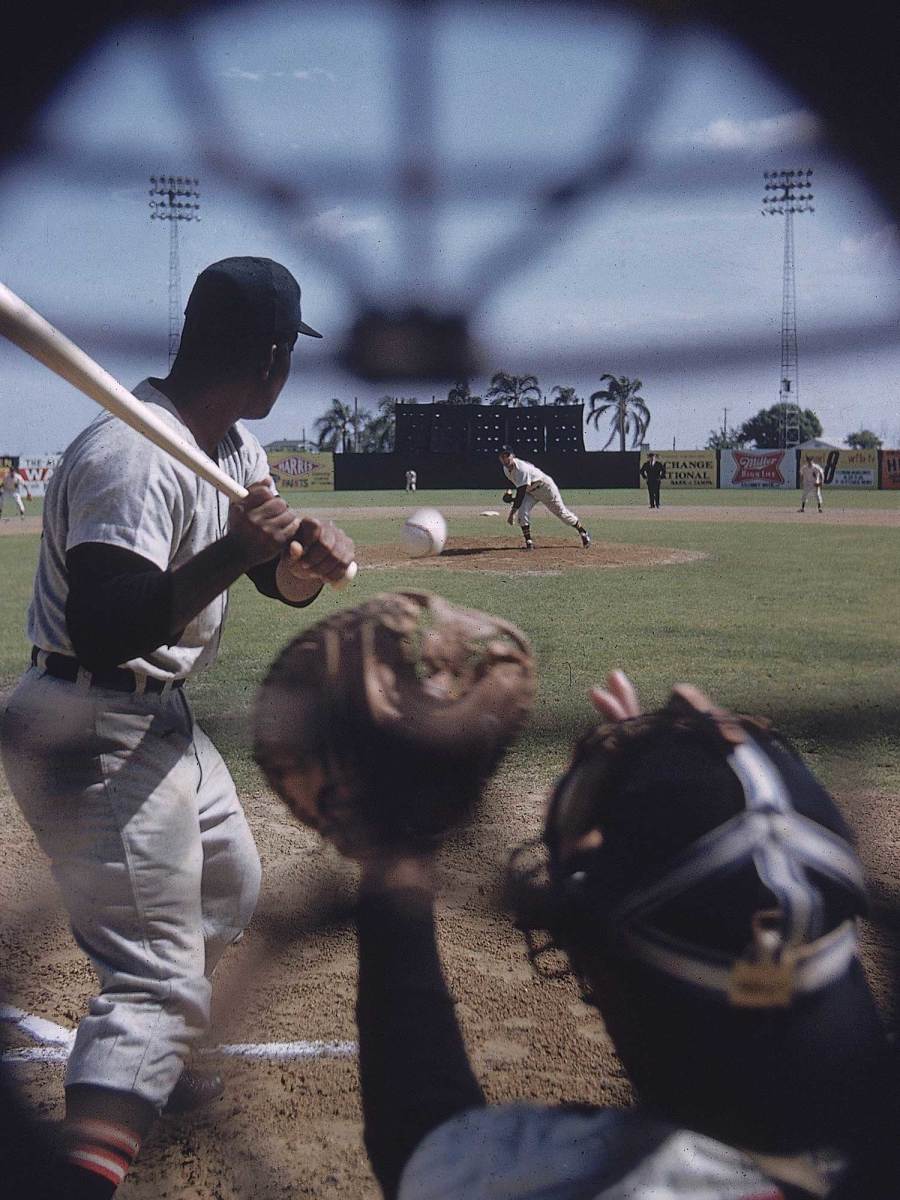What Can We Learn From the First Peek at the NCAA Tournament Seeds?

For the third year in a row, college hoops fans will get a taste of March Madness ... in February. On Saturday, the NCAA tournament Selection Committee will reveal how it currently ranks the top 16 seeds in the field of 68. With five weeks still remaining in the regular season after this weekend, it’s fair to wonder if this peek behind the curtain matters at all.
The NCAA and its Selection Committee began this practice in 2017, at least partially as a way to drum up interest in the sport immediately following the Super Bowl. As our Dan Greene pointed out in his takeaways from last year’s Selection Show dress rehearsal, broadcast partner CBS is smart to get even more legs out of its college basketball contract, as well as its exclusive rights to the actual Selection Sunday show that’s a fixture of the sports calendar. Yet, every high-major team is going to play another 10 to 14 games, depending on how far they advance in their respective conference tournaments. So does this really matter? If history is any guide, the answer is yes.
Among the 16 teams that were part of the February reveal two years ago, 15 were top-16 seeds in the actual bracket one month later. The only team that dropped out, Virginia, was the No. 5 seed and ranked 17th overall. Six of the 16 teams were on the same seed line in March that they were in February, including three of the No. 1 seeds—Villanova, Kansas and Gonzaga.
Not getting this newsletter in your inbox? Subscribe today
The story was similar last year. Thirteen of last year’s top-16 February seeds were still there in March, with two of the five that dropped out, Clemson and Ohio State, ending up as No. 5 seeds. Only Oklahoma, which was a No. 4 seed in February, experienced a dramatic fall, landing as a No. 10 seed in the real bracket. Eight of the 16 teams found themselves on the same line that they were one month earlier, again including three of the four No. 1 seeds—Virginia, Villanova and Xavier. Chances are strong that most of the teams among the top-16 seeds revealed Saturday will still be there in a month, and many of them will be on the same seed line. That’s the first reason the faux Selection Show matters.
The second is the advantage associated with being seeded fourth or better in a region. Last year, two No. 1 seeds and one No. 3 seed reached the Final Four, along with Loyola–Chicago, a No. 11 seed. The Final Four in 2017 also had two No. 1s and a No. 3. Each of the last four Final Fours has included three of the top-16 teams in the tournament. Since the tournament expanded to 64 teams in 1985, just four Final Fours have had two or more teams seeded fifth or worse in their respective regions. Not only will the lion’s share of the 16 teams in Saturday’s reveal be top-16 teams one month from now, but it’s a safe bet that at least two, and more likely three or four, will advance to Minneapolis for this year’s Final Four. Nothing may be set in stone on Saturday, but what the Selection Committee shows us will absolutely matter.
Before Saturday's reveal, here's what we envision the top 16 looking like. — By Michael Beller
1. Duke
2. Tennessee
3. Virginia
4. Gonzaga
5. Kentucky
6. Michigan
7. North Carolina
8. Michigan State
9. Houston
10. Purdue
11. Kansas
12. Wisconsin
13. Louisville
14. Nevada
15. Iowa State
16. Marquette
Recommended Reading

• "It's the biggest problem in our game right now. It's bull----." Why "uncommittable" scholarship offers are on the rise and what it means for the recruiting landscape. (By Ross Dellenger)
• This is how the stories of Robert Kraft, Bill Belichick, Tom Brady and other Patriots cornerstones coalesced to form football’s greatest dynasty. (By Greg Bishop and Ben Baskin)
• A pitch clock is a great idea. A universal DH is not. Here's a breakdown of the numerous rule changes that MLB and MLBPA are considering for 2019. (By Tom Verducci)
• ESPN president Jimmy Pitaro has delivered in his first year at the helm, but will Adnan Virk’s firing change the narrative? (By Jacob Feldman)
• Sunday night might not have looked like the dynasty’s finest moment—but as the Patriots prove time and again, looks can be deceiving. (By Jenny Vrentas)
• Christian Yelich won the NL MVP and announced himself as one of baseball’s elite talents, but his most important offseason work has been helping California heal from the state’s devastating fires. (By Emma Baccellieri)
Story Behind the Photo: Masked Marvel

Baseball games, especially in spring's unfocused early days, consist mostly of nothingness. But intrasquad action doesn't seem quite so humdrum from behind the plate, SI photographer John G. Zimmerman reported in 1959. He had thrown a catcher's mask over the 28mm lens of his Bell & Howell Foton, hoping to capture what an umpire sees. On the mound for the White Sox was seven-time All-Star Billy Pierce, one of the hardest throwers in the 1950s. The fastball sailed by Earl Battey, the hitter, into catcher Sherm Lollar's mitt. "Nothing happened," Zimmerman said, "but I sure flinched."
All About Mo: How the First Unanimous Hall of Famer Is Linked to His Classmates
When all 425 ballots submitted had check marks next to his name, Yankees closer Mariano Rivera became the first unanimous selection to Cooperstown. It doesn't mean that he's the single greatest player, but it does mean that Rivera is the single player whose greatness could overcome the quirky loyalties and persnickety logic of baseball writers. (And, really, that's its own form of greatness.) When he's inducted in July, Rivera will stand alone in making history—and yet he won't be alone at all, with a career deeply linked to the other members of his induction class. One shared a team with him. One got a grip from him. And one should probably buy him dinner. — By Emma Baccellieri
Not getting this newsletter in your inbox? Subscribe today
• Mike Mussina: Had 123 regular-season wins in his eight years as a Yankee. Many ended the same way—closed out by Rivera, who pitched in more games started by Mussina than any other teammate except Andy Pettitte. The two were a successful pair through Mussina's final season, 2008, when Rivera finished fifth and Mussina sixth in Cy Young voting. Mussina started 49 games that were closed by Rivera.
• Roy Halladay:Rivera's cutter was a gift from God, he said. But Halladay's cutter? A gift from Rivera. At the 2008 All-Star Game, Halladay—already plenty successful—asked the closer for some advice on his grip. Rivera obliged, and Halladay's cutter got a makeover. With his new weapon, Halladay took his game to a new level, throwing his cutter 49.6 percent of the time in 2009 after throwing at 41.7 percent clip in '08.
• Edgar Martinez:Rivera faced 1,014 different batters in his career. Exactly 500 failed to record a hit. Then you have Martínez, who was 11 for 19 against Rivera, with two homers. Martínez's 1.705 OPS against Rivera is the highest among all players (minimum 10 plate appearances). Which is why, at the Hall of Fame press conference, Rivera quipped, "Edgar has to take me to dinner."
Editor's note: What kind of stories and content would you like to see in the Weekend Read? Let's chat at SIWeekendRead@gmail.com.
